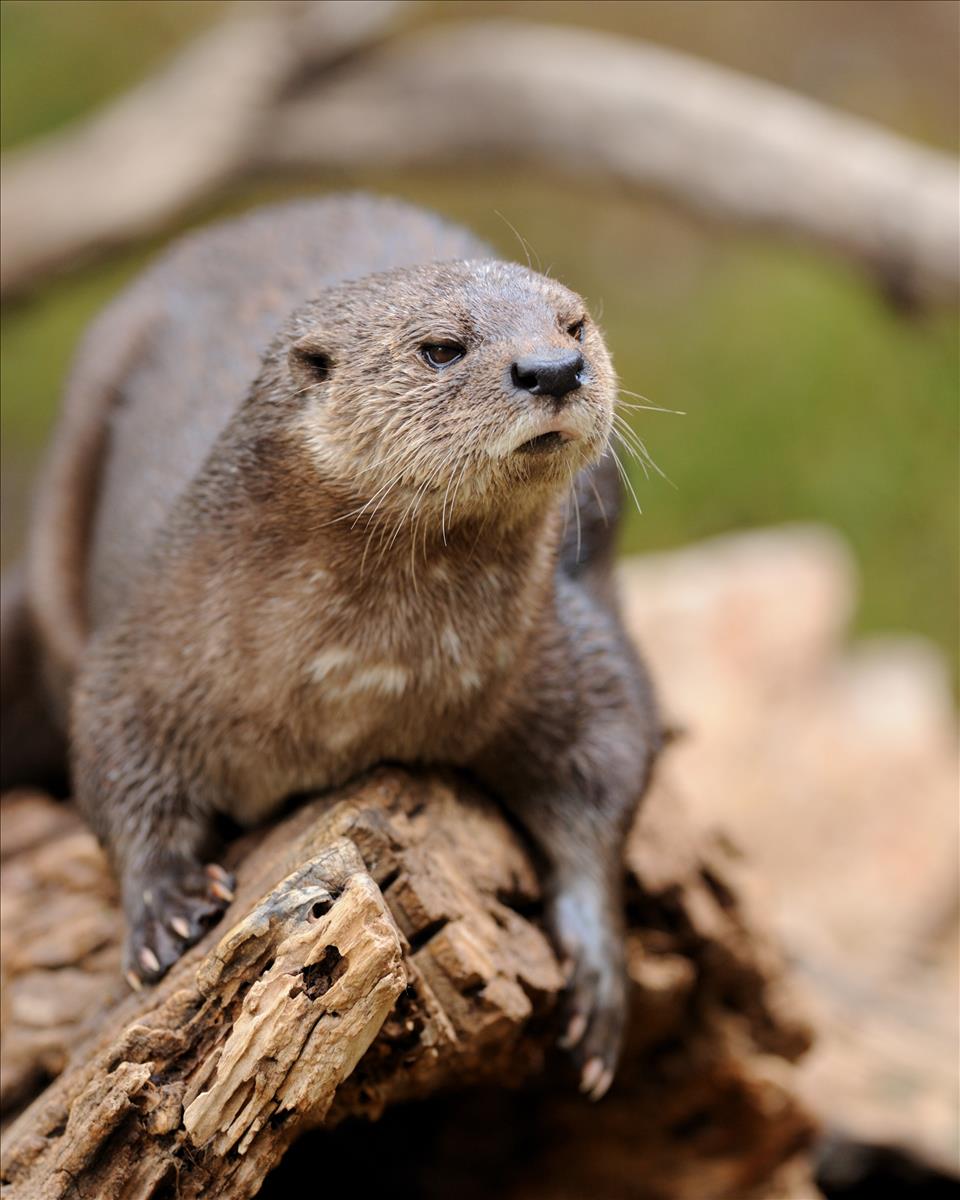Alerts
Please be advised that our bird aviaries are open!
Your Toronto Zoo is committed to the health and safety of the animals in our care. We take proactive steps to protect our birds from Avian Influenza which has been confirmed in a wild bird in southern Ontario, and some birds may still be off display.
Please note Splash Island is still closed and will not open until July due to unforeseen delays in construction. Please watch for updates on https://www.torontozoo.com/tz/splash or on our social media pages. Thank you!
Please note the following animals are currently not on display due to various reasons including Avian Bird Flu, and Covid-19 sensitivity:
- Flamingo, peacock, owl, bald eagle, and aviaries
- Some Kids Zoo Animals
- Cougar
- Moose
- Kangaroo walk through (kangaroos are still visible)
- Axolotl
We apologize for the inconvenience!


Mammal
Location at the Zoo:
African Rainforest
Region: Africa
Spotted-necked Otter
The spotted-necked otter has a long, slim body with a long, tapering tail. Their colour ranges from reddish to chocolate brown with distinctive white spotting on the throat and upper chest. Its chin and upper lip are also white. Possibly because of the highly variable colour and markings of this otter, plus variations in tooth size, the spotted-necked otter has sometimes been referred to as Hydrictis maculicollis. It is now felt that these differences are merely regional variations and that the original name, Lutra maculicollis, given by Lichtenstein (1835), is the correct one. As an example of these variances, the spotted-necked otters of South Africa generally do not have as much white on the neck as those from further north in Africa.All spotted-necked otters however do have fully webbed forefeet with well-developed claws on all four feet. Sexual dimorphism is prevalent; females are shorter, lighter and less muscular than males. An average weight is three to six kg and length is 85 - 105 cm.
Conservation Status: IUCN
